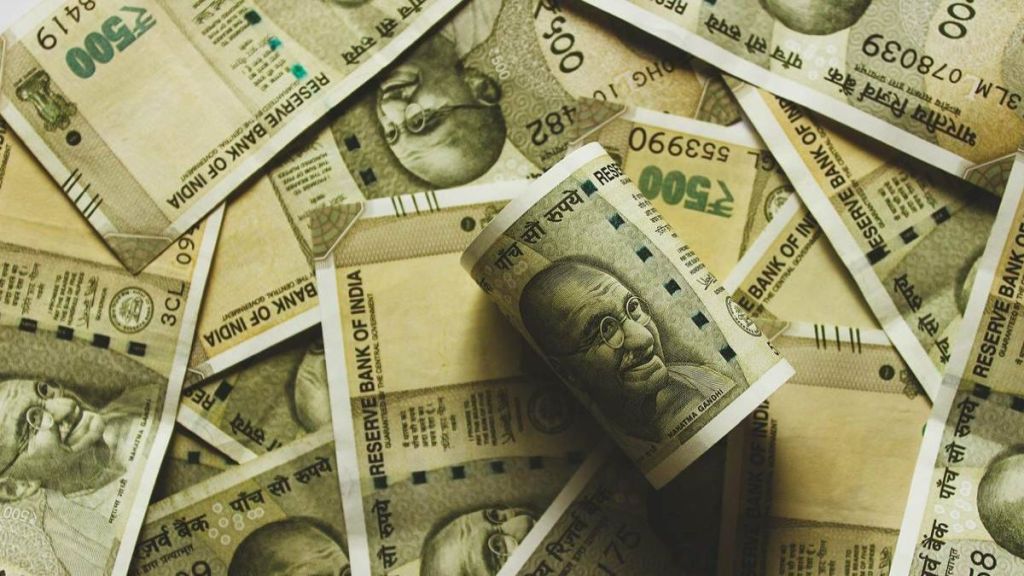The rupee depreciated 6 paise to close at an all-time low of 83.34 against the US dollar on Friday, weighed down by a rise in US treasury yields. The local currency had hit its previous low of 83.30 on November 1.
“The rupee has touched a fresh historic low as comments from the Fed Chair have reignited fears of another rate hike in the US,” said Dipanwita Mazumdar, economist at Bank of Baroda.
US yields rebounded following hawkish commentary from US Federal Reserve officials, including Chair Jerome Powell, who signalled that the Fed might further tighten rates if conditions warrant it.
The 10-year US treasury yield rose to 4.64%, much above the week’s low of 4.48%.
Powell, in a panel discussion on ‘monetary policy challenges in a global economy’ organised by the IMF, said they were not confident that the monetary policy has reached a stance sufficiently restrictive to bring down the inflation to the desired 2% goal. He added that the Federal Reserve will not hesitate to hike rates further if appropriate.
Analysts say the Reserve bank of India stepped in the market which prevented any sharp fall in the rupee.
“The Reserve Bank may have intervened aggressively, and that’s why dollar-rupee retraced the most of the early morning gains,” said Anindya Banerjee, VP – currency derivatives and interest rate derivatives at Kotak Securities. “Over the next week, we could see dollar-rupee oscillate between a range of 83.10 and 83.50 on spot as the RBI remains vigilant to cap any volatility. But, at the same time, a hawkish Fed Reserve can keep the dollar well supported.”
The dollar index, which measures the American currency against the yen, the pound, the Canadian dollar, the Swedish krona, the Swiss franc and the euro, was hovering around close to the 106 level.
“Volatility has remained low, indicating that the RBI has been actively managing the exchange rate. We believe that the trend is likely to continue. We expect the rupee in the range of 83.25-83.5 in the near-term,” said Mazumdar.
Analysts say the rupee is unlikely to see sharp declines as the central bank is expected to step in intermittently to prevent any sharp volatility in the local currency. Most Asian currencies weakened, with the Korean won being down by over 0.5%.


